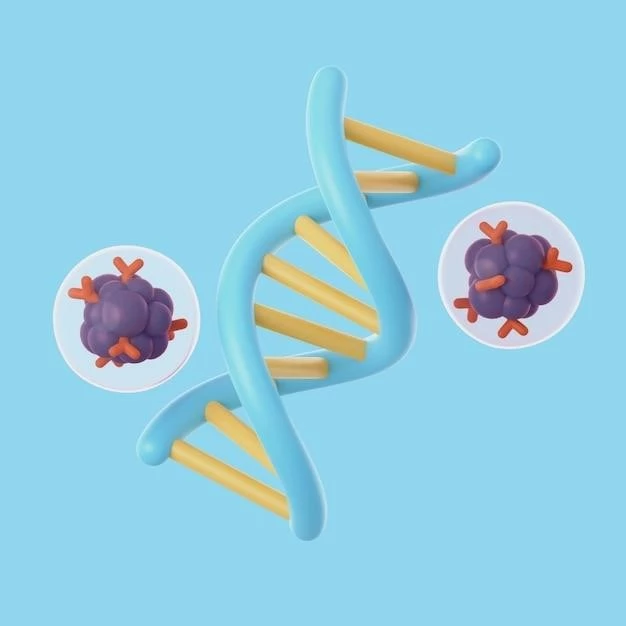Introduction to Succinic Acidemia
Organic acidemias comprise various inborn errors of metabolism resulting in elevated organic acids in body fluids.
Understanding Organic Acidemias
Organic acidemias encompass a diverse group of metabolic disorders characterized by high levels of organic acids in bodily fluids. These conditions pose unique challenges in conducting clinical trials due to the complexity of inherited metabolic diseases.
Symptoms and Clinical Presentation
High blood succinic acid levels, lactic acidosis, and respiratory distress are key symptoms observed in succinic acidemia cases.
High Levels of Succinic Acid
Succinic acidemia is characterized by elevated levels of succinic acid in the blood, contributing to distinctive symptoms and metabolic imbalances.
Lactic Acidosis and Respiratory Distress
Lactic acidosis and respiratory distress commonly accompany succinic acidemia, contributing to the clinical presentation and severity of the disease.
Succinic Semialdehyde Dehydrogenase Deficiency
Succinic semialdehyde dehydrogenase deficiency is a rare autosomal recessive disorder linked to the degradation pathway of the inhibitory neurotransmitter γ-aminobutyric acid, affecting various clinical manifestations.
Rare Autosomal Recessive Disorder
Succinic semialdehyde dehydrogenase deficiency is a rare autosomal recessive disorder primarily affecting neurodevelopment and GABA metabolism pathways.
Clinical Manifestations and Genetic Basis
The clinical manifestations of succinic semialdehyde dehydrogenase deficiency involve neurodevelopmental delays, cognitive impairments, and expressive language deficits. The genetic basis lies in mutations of the ALDH5A1 gene affecting GABA metabolism.
Diagnosis and Genetic Causes
ALDH5A1 gene mutations play a crucial role in succinic acidemia, impacting GABA metabolism and highlighting diagnostic considerations.
ALDH5A1 Gene Mutations
Mutations in the ALDH5A1 gene play a critical role in succinic acidemia٫ impacting the breakdown of GABA and contributing to the pathogenesis of the disorder.
Role of Enzyme Deficiency in GABA Metabolism
The enzyme deficiency in GABA metabolism due to ALDH5A1 gene mutations plays a pivotal role in the pathophysiology of succinic acidemia, affecting neurological functions and metabolic processes.
Reported cases of succinic acidemia highlight associations with lactic acidosis and mitochondrial dysfunction, presenting unique diagnostic challenges.

Case Studies and Research Findings
Reported cases of succinic acidemia highlight associations with lactic acidosis and mitochondrial dysfunction, presenting unique diagnostic challenges.
Close correlations have been observed between succinic acidemia, lactic acidosis, and mitochondrial dysfunction, providing valuable insights into diagnostic and therapeutic approaches.
Treatment and Management Approaches
Therapeutic strategies for succinic acidemia focus on addressing neurological symptoms and developmental delays through a multi-disciplinary approach.
Association with Lactic Acidosis and Mitochondrial Dysfunction
The association between succinic acidemia, lactic acidosis, and mitochondrial dysfunction provides crucial insights for diagnostic and therapeutic strategies, enhancing patient care and outcomes.
Addressing Neurological Symptoms and Developmental Delays
Addressing neurological symptoms and developmental delays in succinic acidemia patients is crucial to improving their quality of life and overall well-being.
Prognosis and Future Outlook
The impact of succinic acidemia on long-term health and quality of life requires careful management and monitoring. Advancements in research offer hope for potential therapeutic developments.
Impact on Long-Term Health and Quality of Life
The long-term impact of succinic acidemia on health and quality of life necessitates comprehensive management strategies to improve outcomes and ensure well-being.
Advances in Research and Potential Therapeutic Developments
Ongoing research is shedding light on potential therapeutic developments for succinic acidemia, offering hope for improved treatment strategies and outcomes.

Global Perspective on Succinic Acidemia
Market trends and pharmaceutical developments are shaping the global landscape for succinic acidemia, emphasizing the need for awareness, support, and information centers.
Market Trends and Pharmaceutical Developments
Market trends and pharmaceutical developments play a significant role in shaping the landscape of succinic acidemia treatment options and emphasize the importance of awareness and support initiatives.
Awareness, Support, and Information Centers
Global efforts to raise awareness, provide support, and establish information centers are vital in enhancing the understanding and management of succinic acidemia worldwide.
Differentiation from Other Acidemias
Contrasting succinic acidemia with related disorders highlights its unique features and specific diagnostic criteria, aiding in accurate identification and management.
Contrasting Succinic Acidemia with Related Disorders
Comparing succinic acidemia with other related disorders highlights its unique characteristics and specific diagnostic criteria, aiding in precise differentiation and appropriate management.
Unique Features and Diagnostic Criteria
The unique features and specific diagnostic criteria of succinic acidemia play a crucial role in distinguishing this disorder from other related conditions, aiding in accurate diagnoses and tailored treatment plans;
Conclusion and Summary
Key takeaways on succinic acidemia underscore its unique diagnostic criteria and highlight the importance of precise management strategies for optimal patient care and outcomes.
Key Takeaways on Succinic Acidemia
Understanding the unique diagnostic criteria of succinic acidemia is vital for accurate identification and tailored management approaches, ensuring optimal patient outcomes and quality of life.
